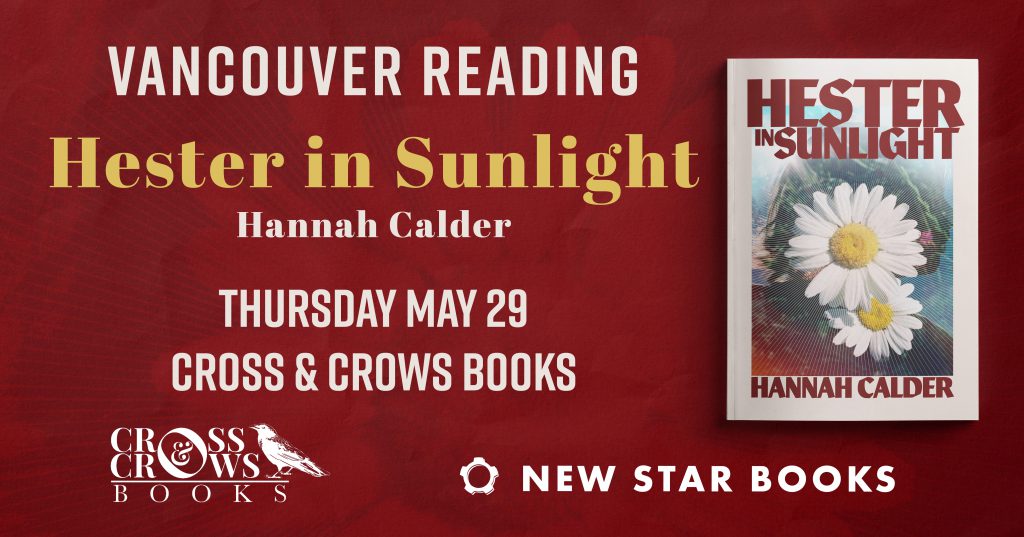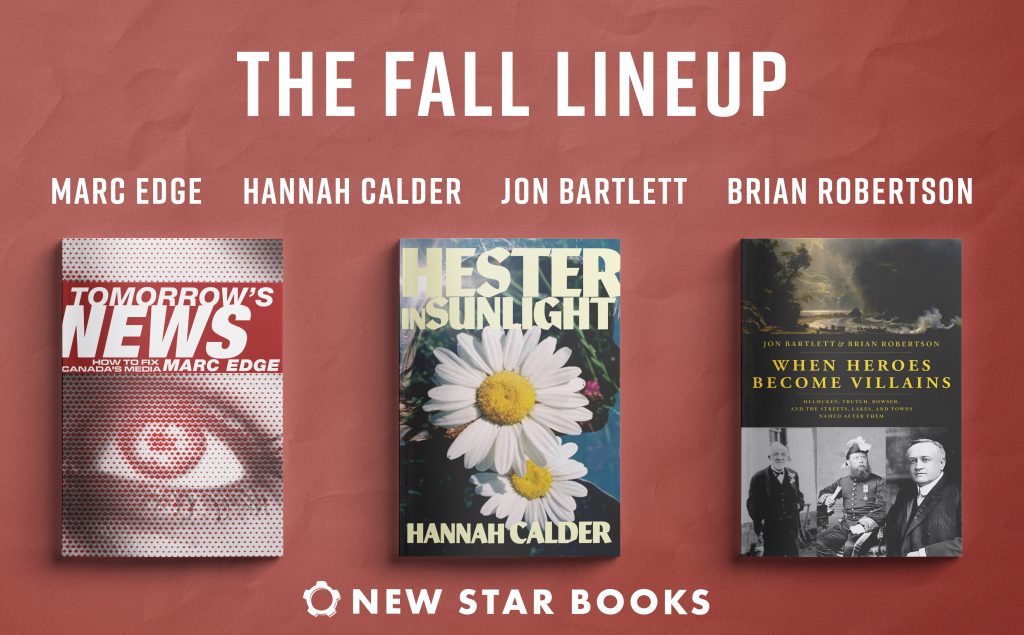
As we headed into the Covid pandemic in what seems like a different lifetime, the Canadian literary world was roiled by a controversy branded as the “Canlit dumpster fire”. The debate was triggered by a series of revelations (the questionable identity claims of Joseph Boyden; allegations of abusive behaviour by UBC Creative Writing chair Steven Galloway) and has generated job dismissals and disciplinary action, formal investigations, numerous lawsuits and court proceedings, and at least two books so far.
This is an important debate to have. But for all the attention given to the blazing dumpster, we’re missing that this is not just about the dumpster. In fact, the entire edifice of Canlit that our dumpster sits behind is in flames, and threatens to collapse into a pile of debris at any moment. A change of government in Ottawa might be all it takes.
Our preoccupation with the dumpster fire has distracted us from what has been happening to the reading of Canadian literature since the turn of the present century. In the past generation, by all indications, Canadian-authored books appear to have lost somewhere between 40 and 50 percent of their market share, and the readership for Canadian-published books — i.e., not just written by a Canadian author but also published by a Canadian-owned press — may have eroded by two thirds or more.
This is hard to square with the image of vibrant health that Canlit has been able to project. Universities and colleges from coast to coast have been building out their creative writing departments, while contests, prizes, and festivals have sprung up in every part of Canada to recognize and honour our finest authors. A new generation seems poised to assume leadership of our literature(s). Throughout what has been a period of disruptive change, what with Amazon, social media, e-books, and now AI, the unique Canadian literary identity has only grown stronger.
Some doubt about this picture was sown at the end of 2017 with the publication of the More Canada Report, spearheaded by Canlit publishing veteran James Lorimer and a group of concerned publishers and scholars. The More Canada Report was interested in the portion of Canadian book reading devoted to Canadian books, which are defined as those authored by Canadians but published by non-Canadian publishing companies (i.e., the “branch plants”, the five or so big multinationals whose Canadian operations publish the most prominent Canadian writers including Naomi Klein, Margaret Atwood, and John Vaillant), together with books written by Canadians and published by Canadian-owned presses, almost all of them small and dependent for their survival on government grants. More Canada reported that the combined Canlit share of the domestic book market, which was measured at about 25 percent at the turn of the century, had fallen to around 17 percent, more than two-thirds of which was accounted for by the foreign branch plants.
More Canada and its troubling news should have received lots of attention, and prompted an overdue discussion about writing, reading, and publishing in this country. As it turned out, however, More Canada was dismissed by much of the domestic publishing industry. The report was incomplete, many argued; the picture it painted was distorted, and it overlooked the real success story that Canlit has been. After all, who could deny the steady outpouring of new and original works of creative imagination from the more than 120 independent presses in the Anglosphere? Many Canadian publishers were in fact growing and profitable. Besides, Jim Lorimer, bless his soul, while always provocative and entertaining, also tends to come with an agenda of his own. Indeed, much of More Canada was preoccupied with the declining use of Canadian materials in post-secondary learning institutions, which represents a big part of Lorimer’s publishing business.
In brief, More Canada wasn’t taken very seriously by the Canadian publishing establishment. Whatever attention it briefly stirred up, died down quickly enough and not long after was overshadowed by the UBC Creative Writing / Steven Galloway conflict: the social media’s “dumpster fire”.
■ ■ ■
But the story is back. Earlier this year, BookNet Canada’s annual Canadian Marketplace Survey contained the information that Canadian authors’ share of domestic book sales was just 5.3 percent. And in an April 5 post in his widely read e-newsletter SHush titled “Our book market today,” Sutherland House publisher Ken Whyte drew further attention to the dismaying news.
BNC’s figures are actually pretty consistent with what More Canada had reported, and underscore the sense that the market for Canlit seems to have eroded significantly over the past generation. Like More Canada, Whyte uses the turn of the century as a reference point.
The scenario suggested by the numbers is this one. The year before the towers came down, Canadian writers and publishers had established a market share of around 25 percent of books purchased. Somewhat more than half of that, around 15 percent, consisted of books written and published by Canadians; the remaining 10 percent represented the multinationals’ share. If More Canada and BNC are onto anything here, it would appear that, since 2000, the multinationals’ share of the marketplace has stayed the same, but the Canadian-published sector has fallen by two thirds, from 15 percent to about 5 percent.
This should be truly alarming. Despite all the end-of-the-book doomsaying, when inflation, retail channels (Amazon, warehouse club, and big-box vs. smaller dedicated bookstores), and format shifts (e-books, audiobooks) are taken into account, the trade market for books in Canada hasn’t changed that much since the turn of the century. (Amazon’s opacity makes it hard to know for certain.) Canadian-owned publishers just have a much, much smaller share of it.
This almost certainly understates the magnitude of the loss. By the year 2000, the Canadian industry had already spent five years being rocked by the twin towers of Chapters / Indigo and Amazon. The high water mark was likely reached around 1995, the year the first Chapters stores opened and one year after Amazon.com’s launch. It’s hard to believe now, but many in the industry at the time viewed Amazon as a leveller, allowing smaller indie / literary presses to compete on something closer to the same basis as the bigger publishers.
Going back a generation, in 1982, the Applebaum-Hebert Federal Cultural Review Committee reported that the Canadian-authored sector of the industry at that time had a 27 percent share of the domestic market. Using a slightly earlier baseline, we discover an even more troubling fact. According to Canadian Publishers & Canadian Publishing, the 1972 Report of the Province of Ontario’s Royal Commission on Book Publishing (the “Rohmer report”), Canada’s share of its own domestic book market, before governments got involved, was … 15 percent, dominated by a handful of multinationals publishing our biggest stars (Mordecai Richler, Robertson Davies, Margaret Laurence; the young Alice Munro and Margaret Atwood, just starting out), with a circa 5 percent stub comprising for the most part highly local “stage coach and steamboat” local-interest publishing.
Fifteen percent: about what it is today.
In other words, having as a country spent around $10m a year from the early 1970s to the mid-1990s building up a domestic Canadian writing and publishing industry commanding around 30 percent of the market, we have passed the next quarter century spending about twice as much to buck the industry back down to its late 1960s level, where it was before Expo, before Trudeaumania, before LIP and OFY, before the Canada Council and the Department of Canadian Heritage’s dedicated literary arts and publishing infrastructure programs.
■ ■ ■
Can this be true? That the modern Canadian literary infrastructure, with upwards of 120 presses supported by the Canada Council for the Arts, and keeping six to eight thousand cultural workers (writers, editors, designers, marketers, administrators) occupied producing about the same number of new titles a year from every part of the country, has about the same market presence as when the domestic publishing trade consisted of a few dozen men and women working out of a handful of offices in Toronto in the Sixties?
As an industry and a literary culture, we need to do what that earlier wave of Canadian writers and publishers did: some basic research. At the moment, nobody seems to know what’s going on. And that, in my 40+ years of experience in the Canadian trade, is unprecedented. The Canadian book trade, which sees itself as a “knowledge industry”, is flying blind.
Over the decades various bodies, including the Association of Canadian Publishers, have initiated numerous deep dive studies as the industry sought to better understand the dynamics of reading, writing and publishing in our country. Sometimes these studies have been on the industry’s own dime, but more often willing funding partners have been found at various levels of government. Governments, after all, have a real interest in knowing what’s going on when they are being lobbied for this or that new program or regulatory change.
I’ve mentioned a couple of these closer examinations of the book business already: Applebaum-Hebert, Rohmer. There have been many others, including the same Jim Lorimer’s 1981 report, Book Reading in Canada; Karl Siegler’s 1989 paper, “Culturally Valuable Canadian Trade Publishing, Profitability, and Grants,” as well as numerous studies commissioned by the Department of Canadian Heritage itself and carried out by Paul Audley, EKOS Research, Arthur Donner Consultants, and numerous others. Here in BC, another 1989 report, by SFU Communications prof Rowland Lorimer (brother of Jim of the previously mentioned More Canada Report), who went on to found the SFU Centre for Publishing Studies, was instrumental in the establishment of the province’s publishing support programs in the waning days of the final Social Credit administration. In 2001, inspired by the proposed Indigo-Chapters merger, the Association of Canadian Publishers commissioned a detailed study of the Canadian book marketplace by retail consultants Evans and Co.
And not much since. There has not, to my knowledge, been any thorough investigation of the changes wrought on our industry by Amazon and Indigo. It is a curious lack of curiosity, and a result seems to be a lack of any clear understanding of what is going on in the Canadian game on the part of its participants.
In light of the fact that our various levels of government have poured a sum that must be around half a billion dollars by now into the Canadian industry, I would expect our federal government to be keenly interested in any proposal for a check-in coming from the industry.
Indeed, the country’s richest repository of detailed statistical information about Canadian publishing and how it’s been doing for the past generation is kept in the virtual filing cabinets of the Canada Council for the Arts. All 120+ of us CCA-supported publishers have devoted countless hours to meeting the Council’s detailed financial reporting requirements. Surely there is no better source of detailed and reliable information on the transformation of the industry since the advent of Amazon and big-box retail.
The CCA itself would have every reason to share this trove of data with those who care most deeply about the industry: its participating writers, publishers, and its ultimate funders, the Canadian taxpayers who support the industry whether or not they are among the 3 or 4 percent who actually read any contemporary Canadian literature.
■ ■ ■
The other thing we can undertake is a nationwide commission of enquiry into the creation of art in Canada. We wouldn’t even be having this conversation today if a post-World War II government hadn’t asked the Massey-Levesque Royal Commission on National Development in the Arts, Letters and Sciences to take the country’s pulse. Massey-Levesque’s 1951 Report lay the foundation stones for the establishment, six years and a federal election later, of the Canada Council.
The Applebaum-Hebert Report, previously mentioned, was a generation-on check-in on the work done by Massey-Levesque. In addition to affirming that Massey-Levesque, and the country, were on the right track, Applebaum-Hebert was one of a number of studies that laid the groundwork for the subsequent range of programs delivered by the Department of Canadian Heritage and designed to strengthen the industry’s technological and logistical infrastructure — a source of funding that for most publishers now dwarfs the direct arts council funding they receive.
But there has been nothing like Applebaum-Hebert since. Which is odd, given the changes that have swept over the industry, and the country, since the early 1980s. It’s almost amusing to consider the forces driving that generation’s fears — including, most prominently, the spectre of the disruptive potential of then-new technologies for photocopying and home taping.
But nothing similar has taken place to examine the effects of what are arguably a much more profound set of changes on our national and other identities and opportunities for cultural expression.
We have seen, fairly recently, the positive and generative potential of a national conversation around a specific set of concerns: the Commission on Truth and Reconciliation. Never mind the debates around the slow implementation of the Commission’s recommendations, or about the recommendations themselves. What is abundantly clear is that by its very work, the Commission enabled an unprecedentedly frank discussion around Reconciliation, and thereby re-set the country’s agenda.
It is time for a renewed National Commission into the Arts, Culture, and Media of Canada. The current cultural regime is unsustainable — indeed, it is failing to provide cultural and intellectual sustenance that defines a country.
It is time to acknowledge and to reflect on the foundations of a vibrant cultural life that were laid by previous generations of publishers, writers, and readers, and that appear to be in danger of being swept away.






